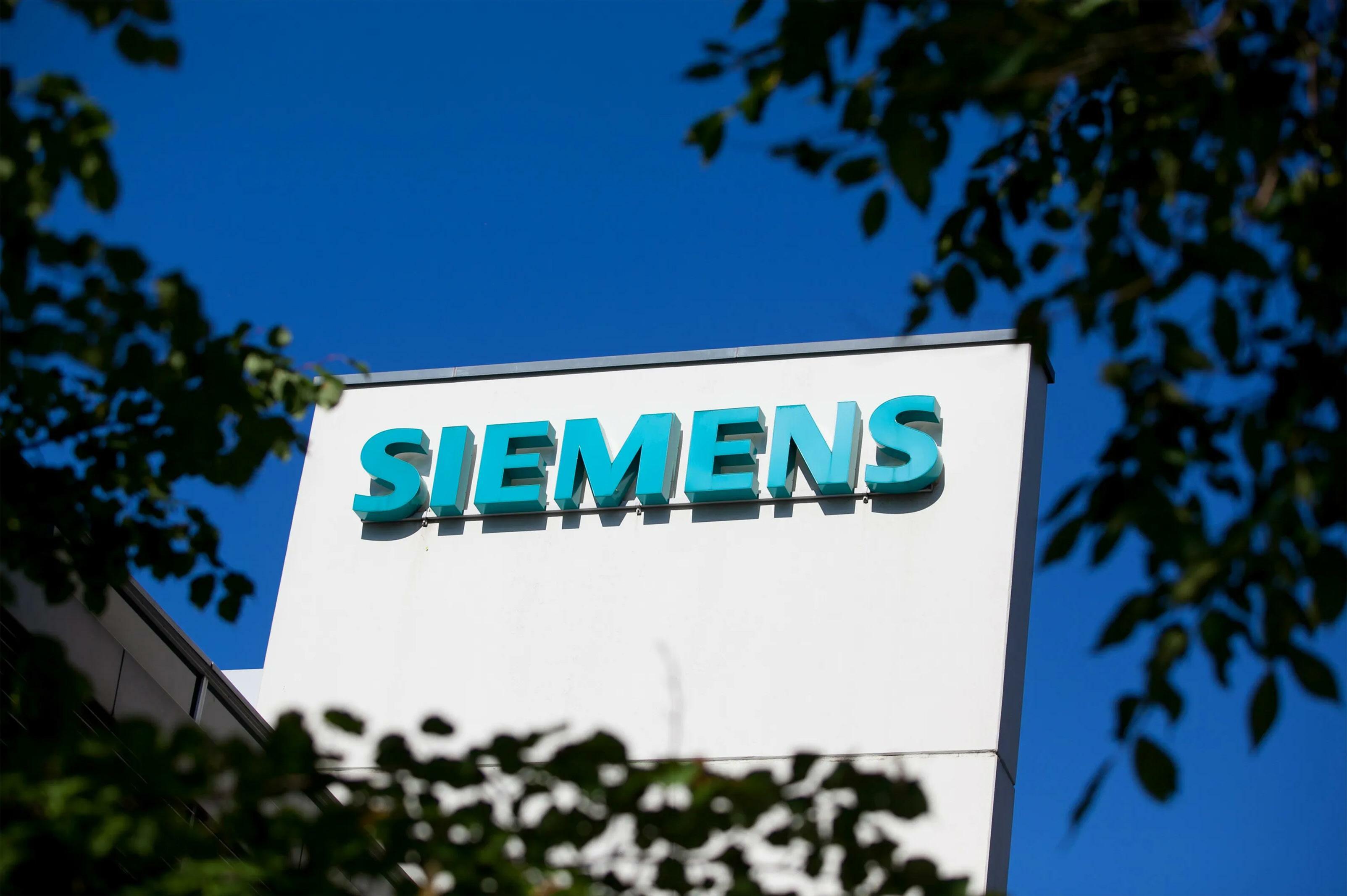The bulk of the layoffs—5,600 jobs—will hit the Digital Industries (DI) automation unit by fiscal 2027, with 2,600 of those in Germany alone, while the Smart Infrastructure EV charging business will shed 450 positions by year-end. This comes as Siemens grapples with weak demand in key markets like China and Germany, alongside fierce competition in the EV space. Here’s the breakdown of this seismic shift, its drivers, and what it means for the future of industrial tech.
THE CUTS: WHERE AND WHY
Siemens’ automation arm, a powerhouse with 68,000 employees globally, is taking the heaviest hit. The company’s press statement cites “muted demand primarily in the key markets of China and Germany coupled with increased competitive pressures,” slashing orders and revenue over the past two years. Bloomberg reports this unit, once a profit leader with its robotics and factory software, will see 5,600 jobs vanish—8% of its workforce—by September 2027, as Siemens adjusts capacity to match a sluggish industrial landscape.
image [https://cdn.magzter.com/1400077361/1742426961/articles/7nG-bRUcY1742539211297/MygFtj7_X1742554176630.jpg]
The EV charging business, part of Smart Infrastructure, isn’t spared—450 jobs, a third of its 1,300-strong global team, face the chop by fiscal 2025’s end. Reuters highlights intense price wars and “limited growth potential for low-power charging stations” as culprits, with Siemens shifting focus to fast-charging for fleets and highways. Germany bears 250 of these cuts, per The Economic Times, despite a broader commitment to its home turf. For workers, it’s a jolt; for Siemens, it’s a recalibration to chase profitability in a crowded field.
DEMAND DIPS: THE MARKET STORY
The automation slump isn’t new—Siemens flagged it in November 2024, per its annual press conference, as China’s industrial slowdown and Germany’s two-year recession bit hard. The DI unit’s quarterly profit cratered 46% late last year, per Reuters, dragged by high customer inventories and weak orders. CEO Roland Busch, speaking to Handelsblatt, acknowledged recovery signs in February 2025 but stressed agility—growth lies beyond China and Germany, in markets like India and the U.S., per TT News.
image [https://cdn.magzter.com/1400077361/1742426961/articles/7nG-bRUcY1742539211297/5d8jMDTaC1742554274649.jpg]
EV charging’s woes stem from a different beast—price competition and a saturated low-power market, per Utility Dive. Tesla’s 65,000 Superchargers dwarf Siemens’ scope, while BYD’s megawatt chargers (launched March 17, per Bloomberg) up the ante. Siemens’ carve-out plan, announced September 2024, aims to refocus on high-power niches, but 450 cuts signal a leaner path. For users, it's a market in flux-automation lags, EV charging pivots.
PRODUCTION: SLIMMING DOWN
Siemens isn’t mothballing—its 312,000-strong workforce (86,000 in Germany) stays robust, with cuts offset by 7,00...


